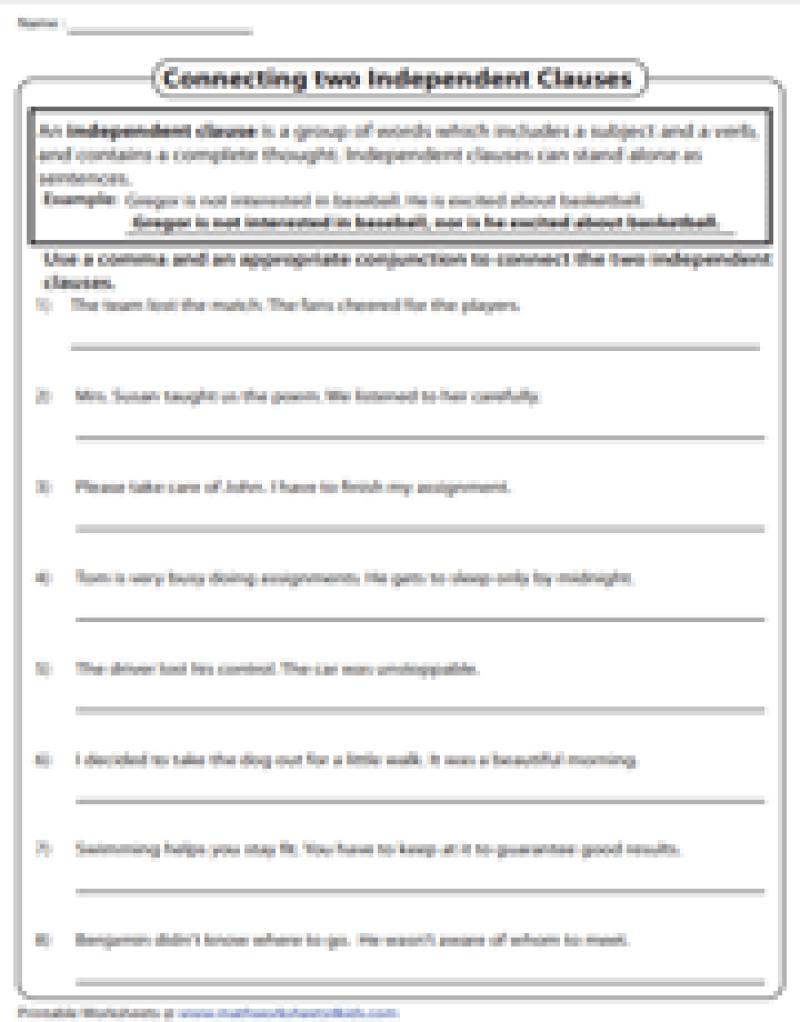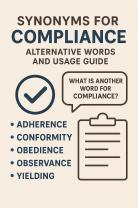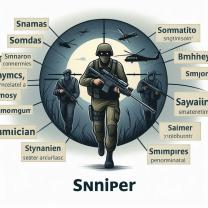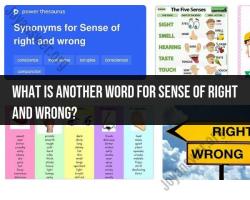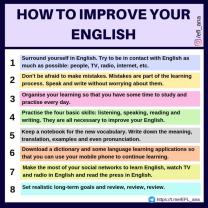How do you combine independent clauses in a sentence?
Combining independent clauses in a sentence can be done using various methods to create more complex and cohesive sentences. Here are some techniques:
1. Using Coordinating Conjunctions:
- Coordinating conjunctions (and, but, or, so, for, yet, nor) are commonly used to join independent clauses:
- Example: "I went to the store, and I bought some groceries."
2. Using Semicolons:
- Semicolons can be used to connect closely related independent clauses:
- Example: "She loves to dance; she's been practicing for years."
3. Using Conjunctive Adverbs:
- Conjunctive adverbs (however, therefore, nevertheless, consequently) can link independent clauses and indicate the relationship between them:
- Example: "He wanted to go to the party; however, he had too much work."
4. Using Subordinating Conjunctions:
- Subordinating conjunctions (although, because, since, while) can join independent clauses, creating complex sentences where one clause becomes dependent on the other:
- Example: "Although it was raining, she went for a walk."
5. Relative Pronouns:
- Relative pronouns (who, which, that) can introduce dependent clauses that relate to independent clauses:
- Example: "The book that I read was fascinating."
Tips for Clarity:
- Ensure that each independent clause stands on its own as a complete sentence.
- Use appropriate punctuation marks (commas, semicolons) based on the chosen method of combining clauses.
- Pay attention to the logical connection between the clauses to maintain coherence.
Example:
- Independent Clauses:
- "She enjoys painting."
- "She often creates beautiful landscapes."
- Combined with Coordinating Conjunction:
- "She enjoys painting, and she often creates beautiful landscapes."
Experiment with these techniques to combine independent clauses effectively, considering the flow and coherence of your sentences. Varying sentence structures can add richness and depth to your writing.
Coordinating conjunctions, subordinating conjunctions, and conjunctive adverbs are all types of conjunctions that play important roles in connecting words, phrases, and clauses in sentences. Here's a breakdown of their functions and usage:
Coordinating Conjunctions
Coordinating conjunctions connect independent clauses of equal grammatical weight, allowing them to flow smoothly together. They are used to show relationships between ideas such as addition, contrast, or choice.
- For: Introduces a reason or explanation for something previously stated.
Example: I studied hard for the exam.
- And: Connects two or more items or ideas.
Example: I enjoy reading and writing.
- Nor: Connects two negative statements.
Example: I am not hungry nor tired.
- But: Indicates a contrast or difference between two ideas.
Example: I wanted to go to the beach, but it was raining.
- Or: Offers a choice between two or more alternatives.
Example: Would you like coffee or tea?
- Yet: Connects two contrasting ideas, suggesting that the second idea is surprising or unexpected.
Example: The movie was long, yet it was entertaining.
- So: Indicates a result or consequence of something previously stated.
Example: I studied hard, so I did well on the exam.
Subordinating Conjunctions
Subordinating conjunctions introduce dependent clauses, which provide additional information to the main clause. They indicate the relationship between the dependent clause and the main clause.
- Because: Introduces a reason or explanation for something previously stated.
Example: I was late because I missed the bus.
- Since: Indicates that something has been true for a long time.
Example: I have been working here since 2020.
- Although: Introduces a contrast between the dependent clause and the main clause, suggesting that the main clause still holds despite the contrast.
Example: Although it was raining, we still went for a walk.
- Though: Similar to "although," it introduces a contrast, but it may suggest a stronger degree of opposition.
Example: Though I was tired, I couldn't sleep.
- While: Indicates a simultaneous action or condition.
Example: While I was cooking, the kids were playing in the park.
- As if: Introduces a clause that expresses a hypothetical or imagined situation.
Example: She walked around the room as if she was in a trance.
Conjunctive Adverbs
Conjunctive adverbs connect independent clauses and indicate relationships between ideas, such as transition, cause, or result. They are often used to signal a shift in thought or to emphasize a particular point.
- However: Introduces a contrasting or contradictory idea.
Example: I wanted to go to the concert, however, I had to work late.
- Therefore: Indicates a logical conclusion or consequence of something previously stated.
Example: I studied hard, therefore, I did well on the exam.
- Nevertheless: Conveys a meaning similar to "however," but it may emphasize the contradiction between the two ideas.
Example: I was nervous about the interview, nevertheless, I did my best.
- Consequently: Indicates a result or outcome of something previously stated.
Example: The company lost a lot of money, consequently, it had to lay off employees.
